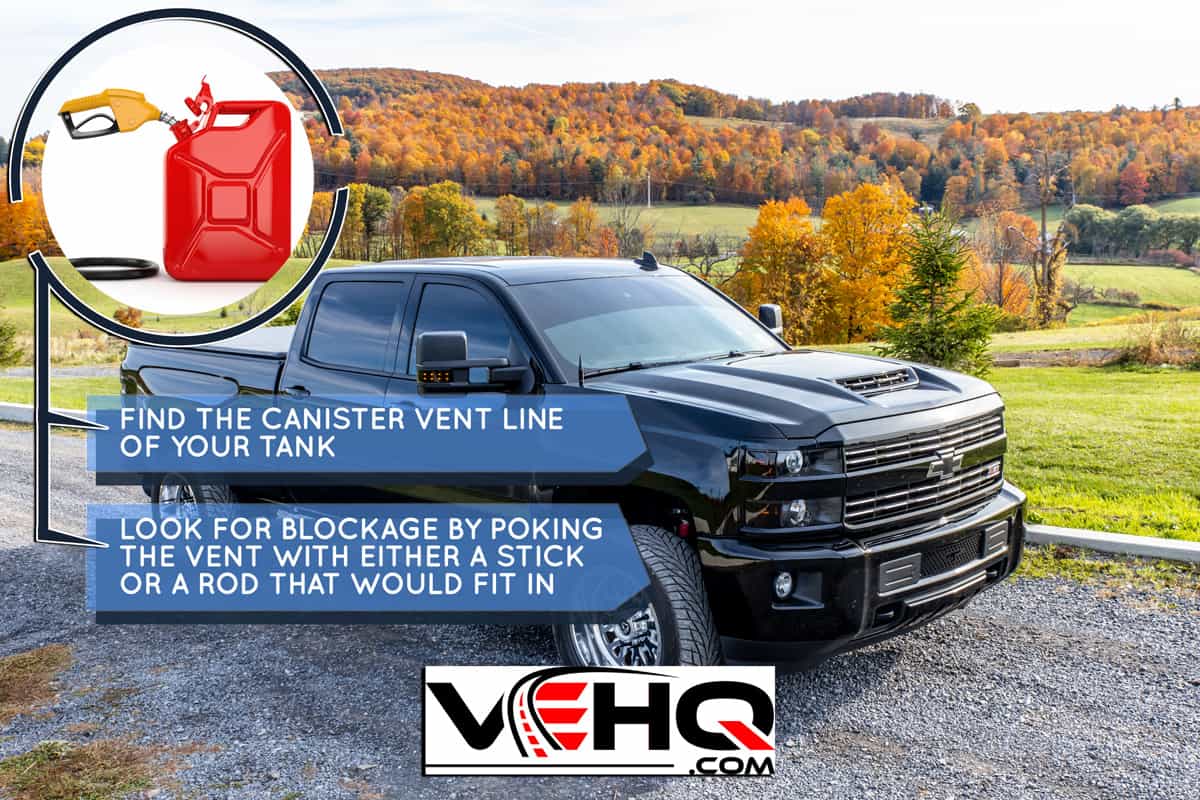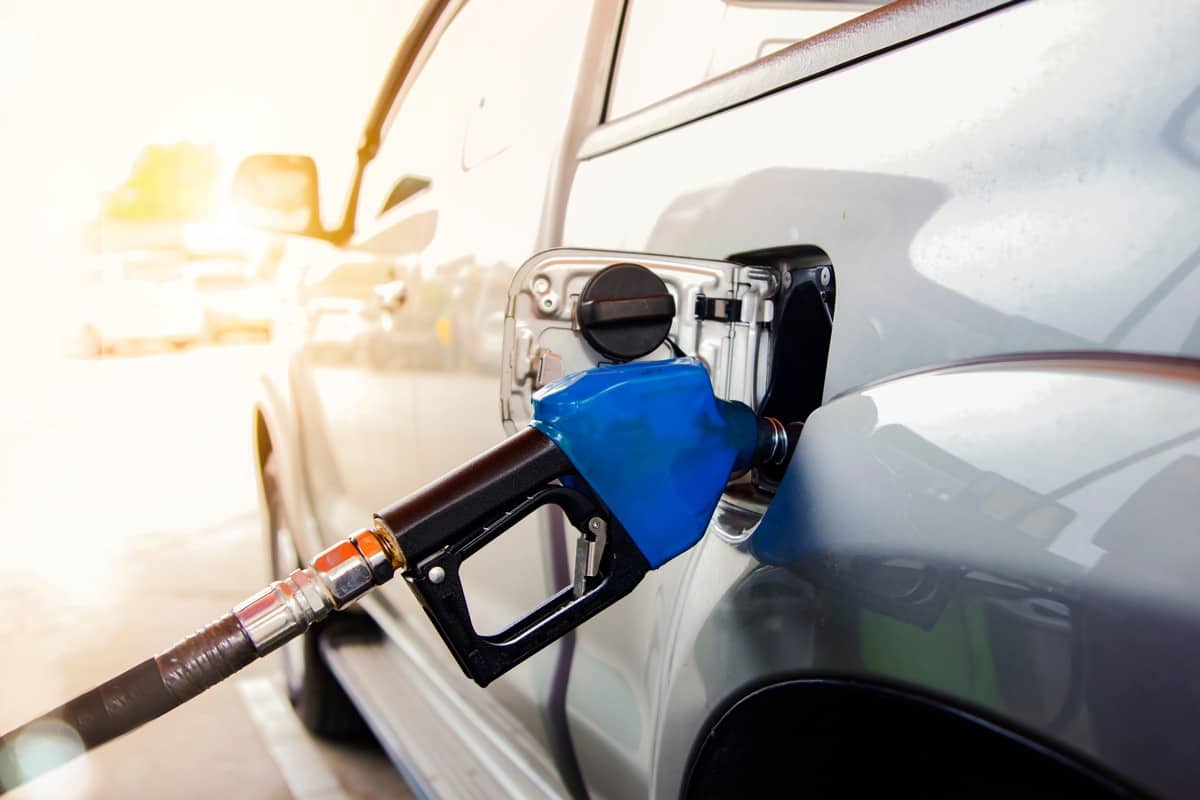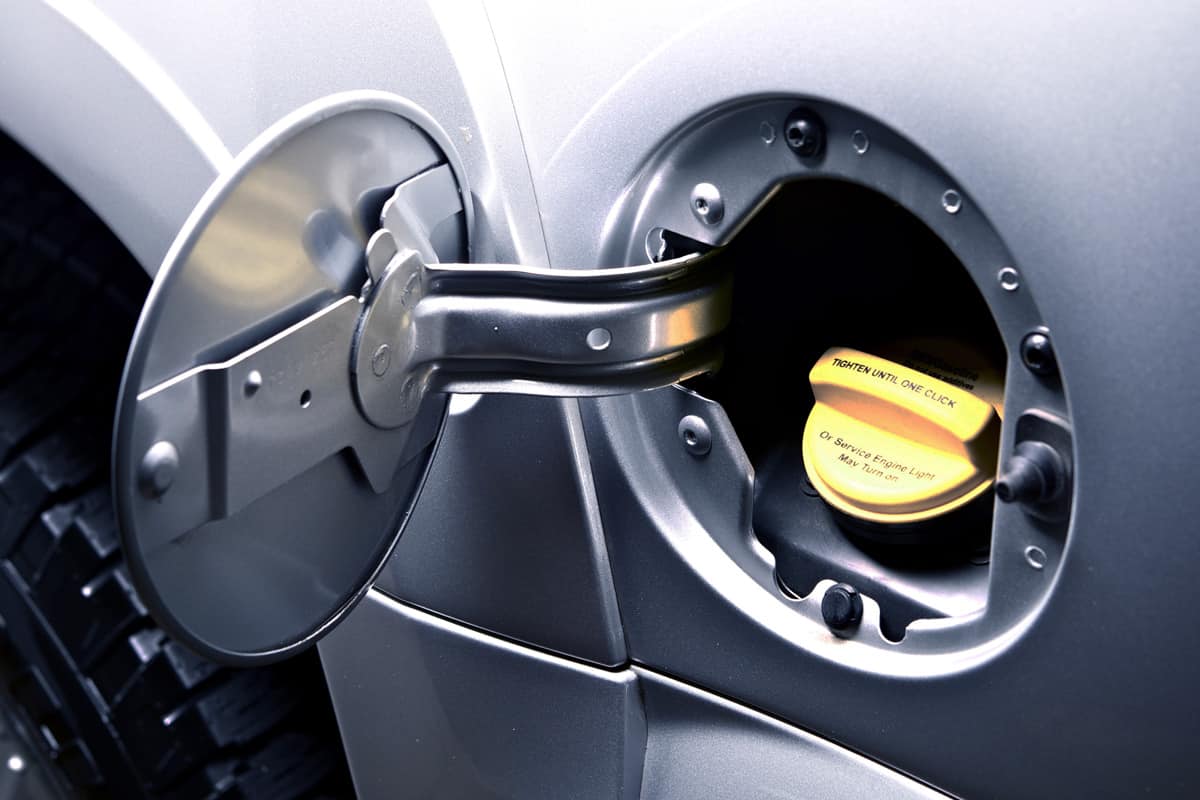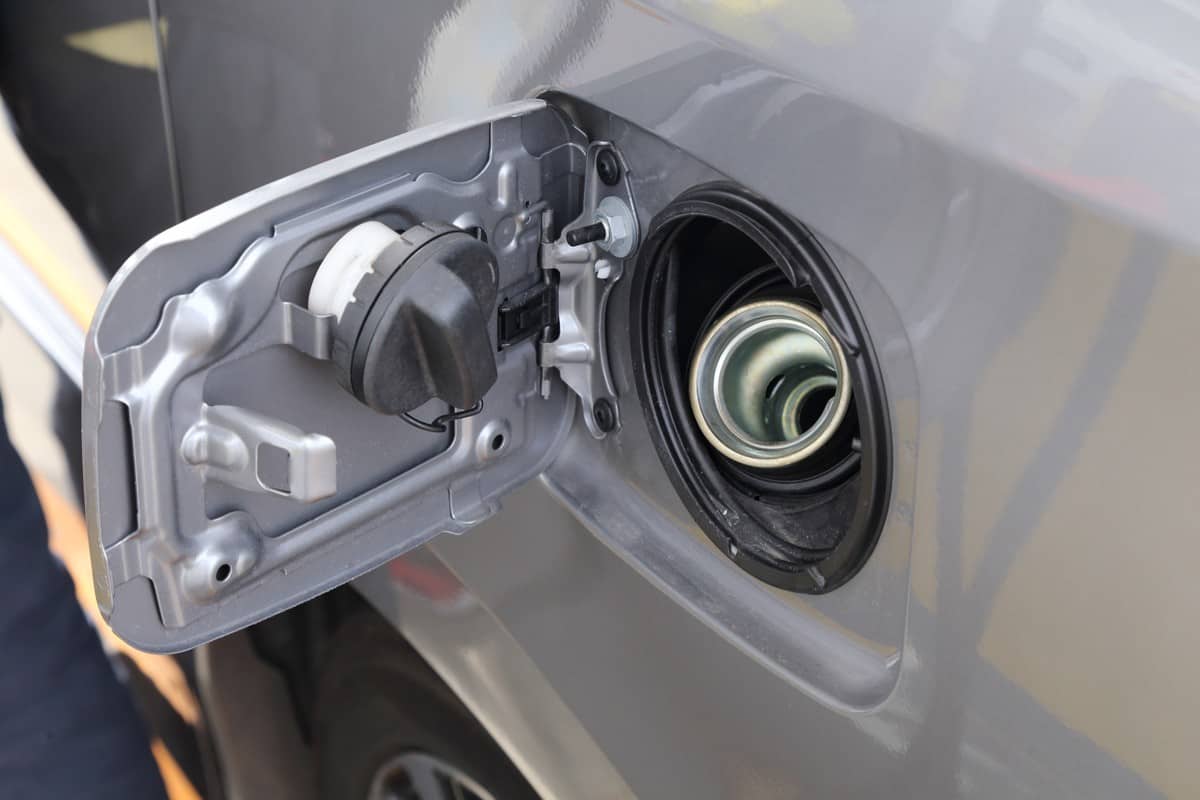Ventilation is very important for your car's fuel tank. When the proper air passage to your tank is somehow obstructed, this can cause your truck to have problems, specifically regarding your gas tank. In this article, we have researched and asked the experts what to do when your Chevy truck is not venting. This is what we found out.
If you are having gas tank problems, you should find the canister vent line of your tank. Attempt to look for blockage by poking the vent with either a stick or a rod that would fit in.
Using compressed air works well too. After that, drain the tank, and let the air inside go out. Then, reconnect the fuel line and the vent and once again put air through it, this time by using compressed air.
Interest in learning more about ventilation on your gas tanks? We will tackle topics like automatic vents, manual air vents, hydronic air vents, and many more. We will also suggest some very informative posts at the end of this post. So keep reading to learn more.

How do you fix a gas tank vent?

The first thing you should do before you fix the gas tank vent is to put on protective gloves or eyeglasses, etc. Then, remove the canister vent line from the gas tank.
Using compressed air, blow out any clog that's present. If you do not have compressed air, you can use a stick or a rod instead.
After that, insert a wire or plastic tube in the vent to push out any remaining blockage. Once there's nothing left inside, you can now proceed to drain the gas tank to let the air inside out.
Caution: Insects, like wasps, can also cause clogging. This is because the warm air there's convenient for them compared to cool temperatures. Cold weather affects their metabolism and flying ability. In some cases, extremely low temperatures can even kill them. This is why the vent line is an ideal environment for them. Be careful when handling wasps, as they have venom-containing stingers that cause irritation, painful redness, swelling, and itching.
How To Drain Gas Tank
If you do not know how to drain your gas tank, here are three ways to do so.
Method 1:

The easiest way to empty your tank is to leave the engine running. You can drive around close to empty. Just make sure that you are already parked when the gas drains. This can save you from having to go through manual pumping and detaching drain lines.
Method 2
At times, you still have too much gas left to spend around. Try using a fuel siphon system instead. Insert the hose in. Before starting to pump, make sure to hold the hose in the container in place to prevent the gas from spilling. Keep on pumping until the tank is empty.
If you do not have the pump, you can do these simple steps instead.
- Remove the gas cap and set it aside.
- Get your hose or tube [preferably clear] and insert one of its ends into the tank until it hits the tank's surface. This is to make sure that you have dipped it in the fuel.
- Hold the hose or tube while you situate the container on the ground. Positioning it at a level higher than the tank won't make the gas transfer in. Make sure that it's standing steady.
- Take the other end of the hose or tube. Slowly and carefully suck it until you see the gas flowing out. Take it out of your mouth and immediately cover the opening with your thumb.
- Lower the side towards the container. Align the hose to the container's opening and remove your thumb. The gas will now flow out towards the storage container.
- While it is still not full, rinse your mouth with clean water and spit. Do it multiple times until there is no gas present in your mouth. Be patient in doing this because gas is harmful to humans when consumed.
Keep the container leveled on the ground. If you need to transfer the hose to a new one, lift it to a higher level than the fuel tank. This will prevent it from flowing out.
If you do not want to take the risk of sucking the gas, what you can do is insert one more short tube or hose in the tank. Then, cover the spaces left with a cloth. No air should be able to enter the tank. After that, blow the short tube or hose to add pressure inside and force the gas to flow out of the tube that's connected to the container.
Check out Koehler Enterprise's siphoning pump on Amazon.
Method 3
The last method requires you to locate the gas tank underneath the vehicle. Then, place a container that can catch all the volume that will be drained. Make sure that it's perfectly aligned to the tank's opening. Get a socket wrench or a spanner to unscrew the drain plug. Get a spare container in case you will need more until there's no more gas left.
After the draining, wait for the tank to dry before installing the vent hose and fuel line back. To ensure it is venting properly now, blow the line with the compressed air again.
Lastly, after all the clogging and blockage are gone, you can now refill the tank with gas.
Got water in your gas tank? Learn how to remove them here: 3 Best Additives To Remove Water From Gas Tank
Do Fuel Tanks Need To Be Vented?

Yes, the fuel tank needs to be vented. When fuel temperature increases, it will form a vapor inside. The pressure and vacuum need to be vented to prevent the following damages:
- Tank bulging
- Fuel line leaks
- Fuel pump problems
Aside from these, the tank could be a fire hazard and may not give your vehicle sufficient fuel. In most cases, tanks that are not vented might explode.
Wondering if RV black is vented? Read this: Are RV Black Water Tanks Vented?
Signs That Your Fuel Tank Vent Is Clogged
Now that you know the damages of not venting your fuel tanks, you need to be cautious of its symptoms. This way, you can address the problem as soon as possible and prevent the clogged tank's harm. Here are some of the signs which indicate that your fuel tank needs venting:
- Poor vehicle performance
- Stalling car
- Difficulty in filling the tank
- The vehicle does not start at all
To make sure that you know for sure what is wrong with your car, you should have it diagnosed by a professional.
Are you experiencing more problems after the oil change? Check this out: Car Feels Worse After Oil Change – What Could Be Wrong?
Do You Have To Clean Your Gas Tank?

You can have your gas tank cleaned every one to two years. This saves your engine from receiving the particles that are formed in the tank over the years. Below is how you can clean it properly.
How To Clean Gas Tank
The cleaning does not only cover the inside of your tank. You have to start removing any hindrance around your working area first, especially anything that may be a source of the fire. Aside from that, here are some precautionary measures you should be aware of:
- Do the cleaning in a well-ventilated area, if not outdoors.
- Wear protective eyeglasses and face masks to avoid inhaling fuel fumes later.
- Have a fire extinguisher near you in case of fire.
Once you do the safety measures above, you can start on your primary task by draining the tank. We have already talked earlier about how to do this.
Then, remove the tank carefully. To make the re-installation easier, keep the valves and caps on where it is. After that, inspect its surface and repair all that needs to be fixed.
Next, begin washing the tank with a fuel system cleaner. Swirl it around to spread the product throughout the space. In addition, clean the fuel system, including the lines, combustion chamber, valves, etc.
Check out this fuel system cleaner on Amazon.
Following the cleaning is the replacement of the fuel filter. Then, you can install the tank back, making sure that every connection is tightly connected.
Conclusion

If your gas tank's not venting, you should unclog it by detaching the canister vent line from the tank. Using a stick or compressed air, push out any blockages that are present. Then, drain the tank by either leaving the engine running, siphoning, or opening the drain plug underneath the vehicle. After that, you can connect the vent line back.






